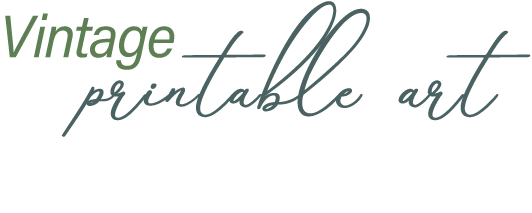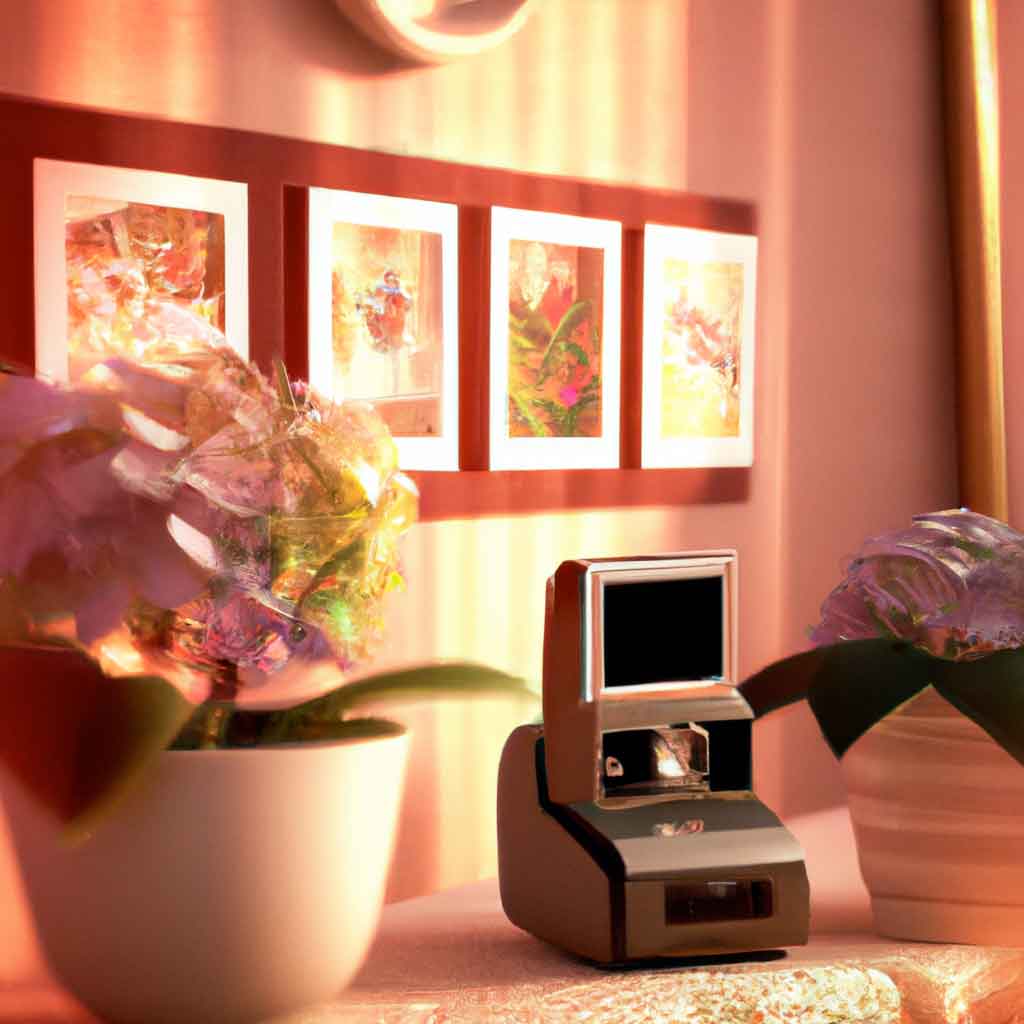What is the vintage effect?
Vintage effect is a popular technique used on photographs or designs. It gives them a retro, aged, and nostalgic look. Filters, rough frames, and textures can be added for this effect. Color schemes often feature sepia tones, faded pastels, or heavy contrast with dark shadows. This trend came from the postmodernist era of the late 20th century.
To get vintage effects, use these techniques:
- Choose an appropriate color scheme – sepia or pastel tones.
- Enhance any distressed elements – formats and grainy textures.
- Frame with bristle borders – give the impression of an old printed photo.
- Use high-resolution scanners to digitize existing nostalgic photographs.
Vintage fashion evokes feelings of nostalgia or memories associated with past times. From fashion choices to architecture styles, vintage appeal has been around for centuries. Photography made nostalgia more accessible and affordable – creating this trend.
Interesting fact: filter packs keep being updated, bringing new variations tailored to memories decoration.
Take a trip down memory lane, or learn how to Photoshop with the vintage effect!
How to get the vintage effect?
Vintage style is a hit trend these days! Not just for clothes, but for design elements too. Here’s how to get the vintage look in three simple steps.
- Choose the Right Colors. Earthen tones such as beige, mustard yellow, rusty reds, and faded greens provide an aged feel. Pastels work too.
- Use Textures and Patterns. Burlap, lace, tweed, and other materials with an aged or worn look, make great patterns on wallpapers, fabrics, and more.
- Distress. Use sandpaper to make items look worn and weathered. Less is more.
Mix classic furniture with modern accents to add a vintage feel to your décor. With these tips, you’ll be time-traveling in no time!
DIY tips for achieving a vintage effect
Many individuals want a vintage aesthetic. With DIY tips, it’s simpler. Here are productive ways to get that worn-out look:
- Distressed Painting – Dilute acrylic paint with water to make a wash-like effect on surface.
- Decoupage – Cut out images or photos. Paste them onto an item’s surface. Finish with varnish.
- Aged Look – Sandpaper and steel wool can help remove top layers of furniture or wooden accents.
- Crafting – Use muslin cloth dyed in coffee or tea for rag-doll making’s antique touch.
- Flea Market Finds – Shop local swap meets or thrift stores for authentic vintage decor pieces.
Add small details like lace or rusted metal handles. Each item needs varying techniques according to fabric, shape, and texture.
An artist shared how they made shelves from an antique guitar case. A wood-paneled background was added. Glass shelves were inserted with LED lights behind. The light filtered through the sound holes. The final product was stunning!
Avoid these pitfalls when trying to achieve a vintage effect: Instagram filters!
Common mistakes to avoid when trying to achieve a vintage effect
Achieving the desired vintage effect requires focus and creativity. However, many people make mistakes in their approach, leading to undesirable outcomes. Here are some tips to remember when trying to get the timeless vintage look:
- Don’t over saturate colors; this can look cartoonish and fake.
- Be careful with filters; they can create an over-edited look.
- Pay attention to the texture. Too much filtering could cause the original details to disappear.
- And don’t follow the same clichéd tropes; originality is key.
Researching historic materials and images from that era is great for authenticity. Plus, understanding the history behind vintage is important too. For example, vintage clothing started from second-hand stores in the 1960s. Now it’s a fashion trend! At the end of the day, vintage isn’t just about filters and presets – it’s about embracing imperfection and the beauty of time.
Conclusion: Wrapping up tips for getting the vintage effect
For a vintage effect, try three tips!
- Texture matters; add scratches, dust and more.
- Color choices are important too; use muted hues like sepia or faded blue-green.
- Style choice is key; use retro typefaces and shapes. Switch up angles for a wistful feel. Research art movements like Art Nouveau, Art Deco and Mid-century Modern for ideas.
I once had to make an album cover with a 70’s vibe in 2019. I looked at logos from this era, such as Led Zepplin and Jimi Hendrix. The final product was a perfect representation of the band’s personality, with a classic touch!


